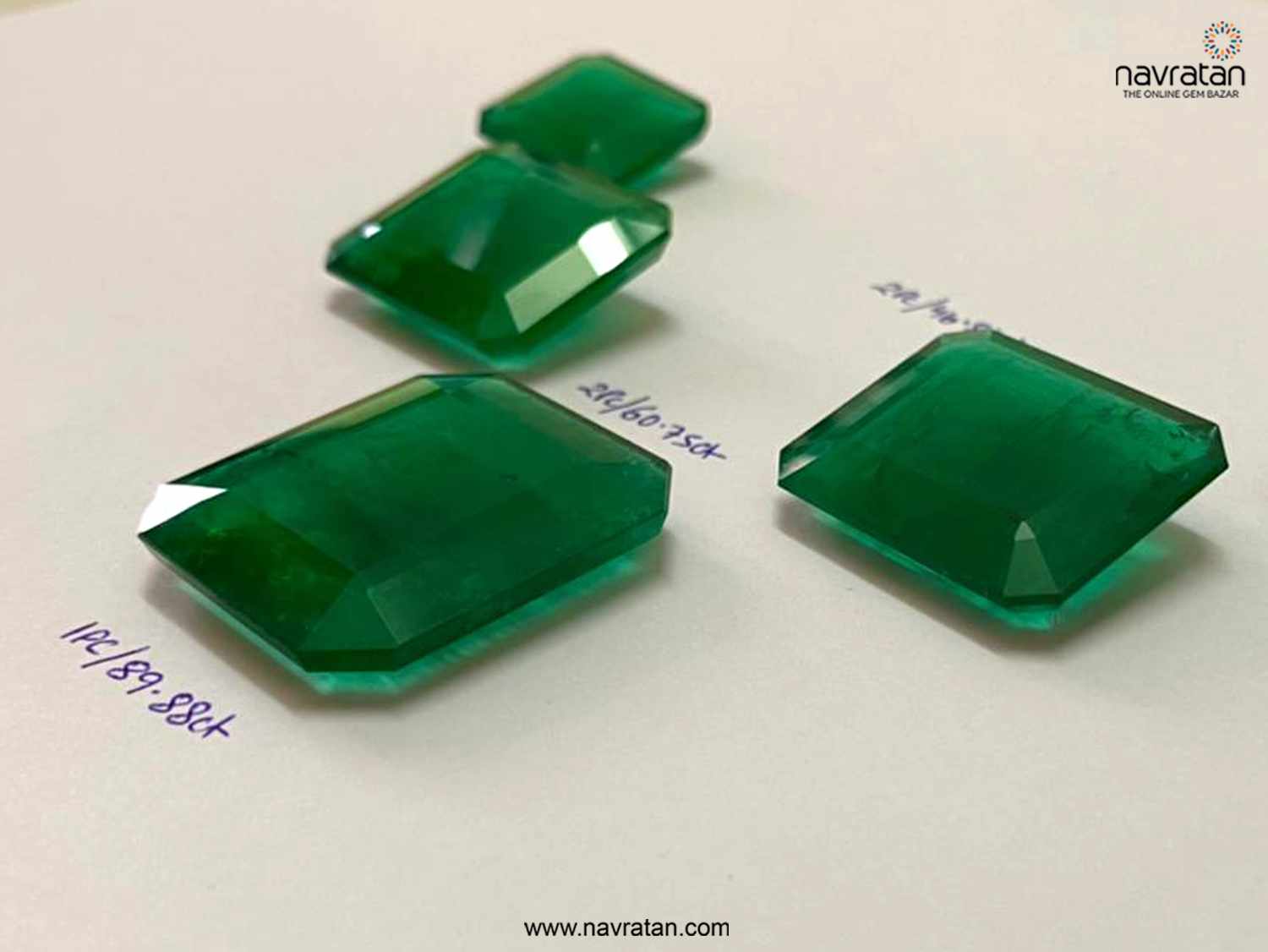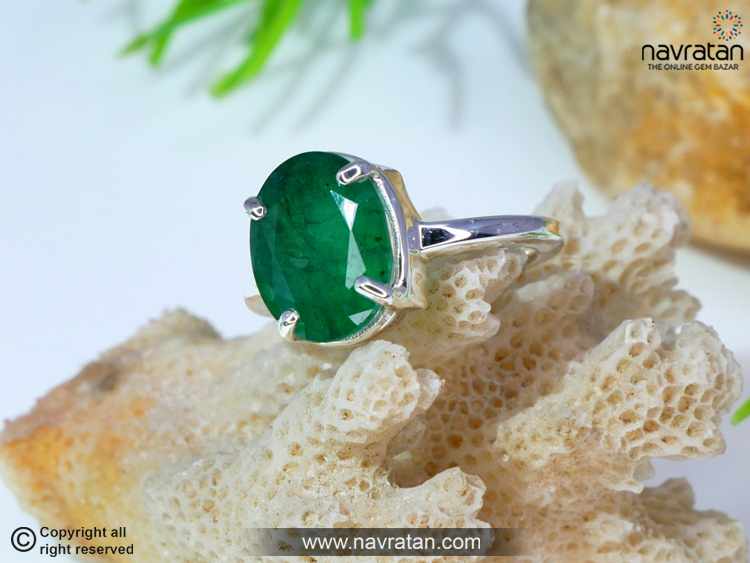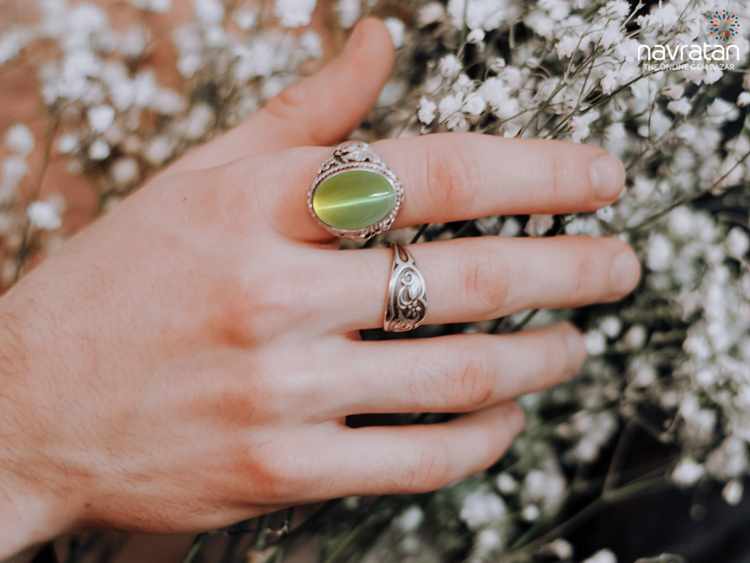
In the world of gemstones, few possess the captivating allure and historical significance of the emerald. Known for its lush green hue and remarkable beauty, the emerald stone has captured the imagination of cultures and civilizations throughout history. This precious stone, with its rich symbolism and reputed mystical properties, continues to be a popular choice in modern jewelry and spiritual practices.
The Emerald's Colorful History
Emeralds have been cherished for centuries, dating back to ancient civilizations such as the Egyptians, Greeks, and Romans. Cleopatra, the legendary Egyptian queen, was known for her love of emeralds and adorned herself with these precious stones. The Incas and Aztecs revered emeralds as a symbol of fertility and life, often associating them with their rain god.
The allure of the emerald lies in its vivid green color, which is a result of the presence of chromium and vanadium within the gemstone. This vibrant color has long been associated with rebirth, growth, and renewal, making emeralds a popular choice for both personal adornment and meaningful gifts.
Symbolism and Significance
Emeralds have held diverse meanings across cultures and eras. In ancient Rome, emeralds were associated with Venus, the goddess of love and beauty, further enhancing their status as a symbol of romance and affection. In other cultures, emeralds were believed to bring protection, wisdom, and enhanced intuition to their wearers.
The stone's green color also symbolizes hope and harmony, making it a perfect gem for those seeking balance and tranquility in their lives. The emerald's connection to nature fosters a sense of grounding, reminding wearers of the beauty and vitality found in the world around them.
Healing and Metaphysical Properties
Beyond their aesthetic appeal, emeralds have been associated with a range of metaphysical and healing properties. Some believe that emeralds can promote physical well-being, aiding in matters related to the heart, lungs, and circulation. Furthermore, these gemstones are thought to stimulate emotional healing, helping individuals overcome grief, anxiety, and negative emotions.
Emeralds are often considered a stone of transformation, encouraging personal growth and self-discovery. Some practitioners of alternative medicine and spirituality believe that emeralds can open the heart chakra, facilitating better communication, compassion, and connection with others.
Modern Uses and Trends
In today's world, emeralds continue to be a popular choice for jewelry enthusiasts and collectors. Their unique and radiant green hue makes them a striking centerpiece for rings, necklaces, earrings, and other adornments. Many high-profile individuals, from celebrities to royalty, have been spotted wearing emerald jewelry, further elevating the stone's prestige and desirability.
In recent years, sustainable and ethical practices in the gemstone industry have gained prominence. Consumers are becoming more conscious of the environmental and social impact of their purchases. As a result, there is a growing demand for responsibly sourced emeralds that align with ethical standards, benefiting both the environment and local communities.
Conclusion
The emerald's enduring appeal and timeless beauty have solidified its status as a cherished gemstone with a rich history and significant symbolism. Whether treasured for its vibrant color, historical significance, or believed metaphysical properties, the emerald continues to captivate the hearts and minds of people around the world. As we navigate the modern era, the emerald's elegance and energy remain as enchanting as ever, making it a truly precious gemstone in every sense of the word.













.jpg)

.jpg)



.jpg)
Write a comment ...